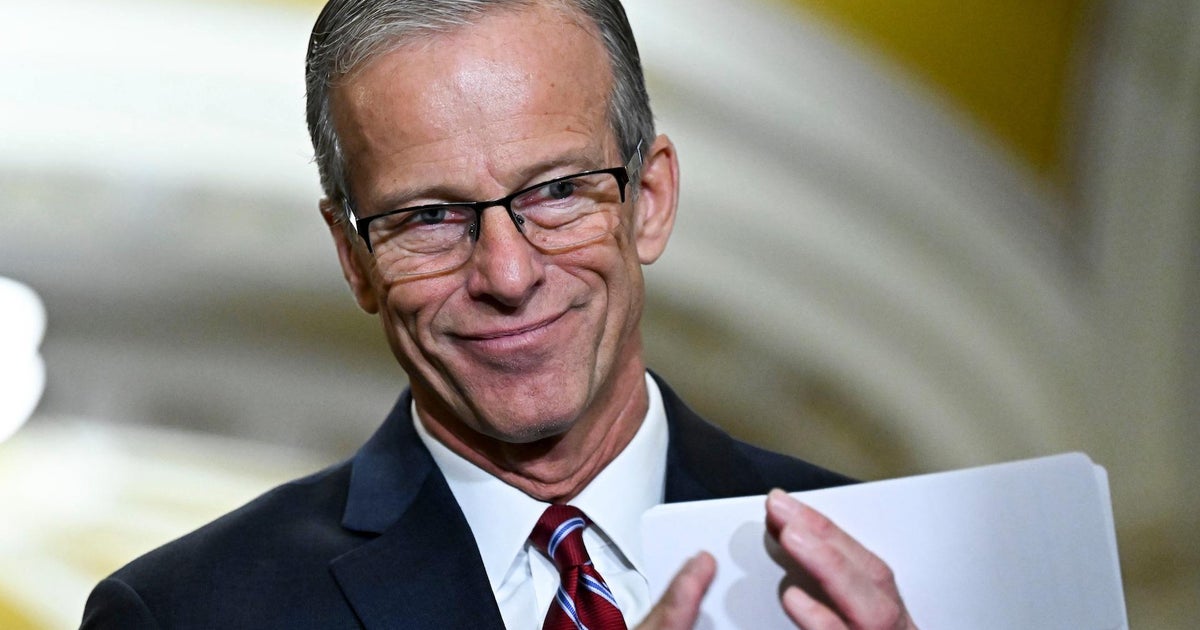Sandra Day O'Connor "knew how to dish it out" in a man's world, author says
Sandra Day O'Connor made history when she became the first woman to serve on the Supreme Court in 1981. Former President Ronald Reagan appointed her to the position, and the Senate confirmed her unanimously.
Author Evan Thomas, who's out with a biography called "First: Sandra Day O'Connor, an American Life," described her as lively and fun.
"She liked to dance. She liked dirty jokes. She had great human intelligence," he said. "She was a great leader partly because she knew how to listen."
She also "knew how to dish it out," growing up in a ranch "in a man's world," said, Thomas, whose book offers a portrait of the justice both on and off the bench.
"She learned how to fire a rifle before she was 10 and drive a truck before she was 10. Very self-reliant, very tough. Very great human intelligence. She knew how to deal with all of it," he added.
O'Connor learned from how her mother dealt with her father, "a real cowboy," as Thomas described.
"He could be harsh. And her mom who was a very elegant lady in this dusty ranch, always wore a dress, learned how to not be bullied by her father, but really how not to take the bait," he said. "When he came too strong to her, she just had a way of just rolling with it. This is so important for Justice O'Connor."
During her nearly 25 years on the country's highest court, O'Connor was considered by many to be the most powerful woman in America.
"She preserved affirmative action and abortion for 25 years. That is no small thing. Conservatives thought when she got on the court, those things are gone," Thomas said, adding, "And she preserved them, compromising."
But she wasn't a liberal activist, he said.
"She was a Republican conservative. But she understood the public mood. And she found these compromises, these middle ways to reflect, really, what America was thinking," Thomas said.
During his research process, Thomas also discovered a new detail about O'Connor's relationship with William Rehnquist at Stanford Law School, before he became a Supreme Court chief justice.
"Lo and behold there are 14 love letters from Bill Rehnquist who had just finished being a law student in 1952, at Stanford, and Sandra Day, as she was then. And about love letter number six, he says, 'Sandy, will you marry me?' They had never even told their families about this. This is totally new. I think they didn't want to be embarrassed about it. It's a sweet story. Bill Rehnquist ended up marrying somebody he truly loved, and she married somebody she truly loved but they were an item."




